
Grace Horsley Darling was an English lighthouse keeper's daughter. Her participation in the rescue of survivors from the shipwrecked Forfarshire in 1838 brought her national fame. The paddlesteamer ran aground on the Farne Islands off the coast of Northumberland in northeast England; nine members of the crew were saved.

The Catalpa rescue was the escape, on 17–19 April 1876, of six Irish Fenian prisoners from the Convict Establishment, a British penal colony in Western Australia. They were taken on the convict ship Hougoumont to Fremantle, Western Australia, arriving 9 January 1868. In 1869, pardons had been issued to many of the imprisoned Fenians. Another round of pardons was issued in 1871, after which only a small group of "military" Fenians remained in Western Australia's penal system.

TEV Wahine was a twin-screw, turbo-electric, roll-on/roll-off passenger ferry. Ordered in 1964, the vessel was built by the Fairfield Shipbuilding and Engineering Company, in Govan, Glasgow, Scotland for the Union Steam Ship Company's Wellington-Lyttelton Steamer Express Service in New Zealand.
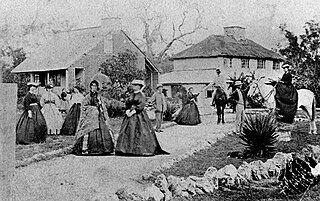
The Bussell family were a family of early settlers in colonial Western Australia. The four brothers John, Joseph Vernon, Alfred and Charles emigrated from England on Warrior, arriving at Fremantle on 12 March 1830. Lenox, Frances and Elizabeth arrived at Fremantle on Cygnet on 27 January 1833, and Mrs Frances Louisa and Mary arrived at Albany on 19 June 1834.

Lake Grace is a town in the eastern Wheatbelt region of Western Australia, 345 kilometres (214 mi) from Perth along State Route 107 between Wagin and Ravensthorpe. It is the main town in the Shire of Lake Grace. At the 2016 census, Lake Grace had a population of 507.
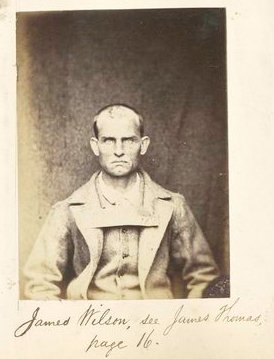
The convict era of Western Australia was the period during which Western Australia was a penal colony of the British Empire. Although it received small numbers of juvenile offenders from 1842, it was not formally constituted as a penal colony until 1849. Between 1850 and 1868, 9,721 convicts were transported to Western Australia on 43 convict ship voyages. Transportation ceased in 1868, but it was many years until the colony ceased to have any convicts in its care.
Samuel Yebble Isaacs was an Aboriginal Australian stockman and farmer from the South West of Western Australia, who was best known for his role in the rescue of the SS Georgette in 1876, together with Grace Bussell.

Grace Vernon Drake-Brockman, commonly referred to as Grace Bussell, was a woman from Western Australia. In 1876, as a 16-year-old, she was involved with Sam Isaacs in the rescue of the SS Georgette, for which she was awarded the Royal Humane Society's Silver Medal.

City of York was a 1,213-tonne (1,194-long-ton) iron ship which sank after hitting a reef off Rottnest Island in the last few kilometres of its voyage from San Francisco to Fremantle, Western Australia in 1899.
The following lists events that happened during 1876 in Australia.
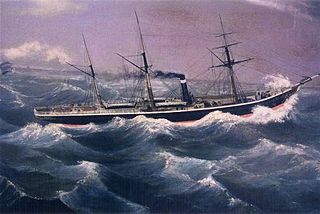
SS Admella was an Australian passenger steamship that was shipwrecked on a submerged reef off the coast of Carpenter Rocks, south west of Mount Gambier South Australia, in the early hours of 6 August 1859. Survivors clung to the wreck for over a week and many people took days to die as they glimpsed the land from the sea and watched as one rescue attempt after another failed.
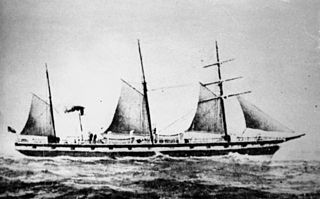
SS Gothenburg was an iron-hulled sail- and steamship that was built in England in 1854 and sailed between England and Sweden until 1862. She then moved to Australia, where she operated across the Tasman Sea to and from New Zealand until 1873, when she was rebuilt. After her rebuild, she operated in the Australian coastal trade.
Hector Neil McLarty was a Western Australian Police officer, and customs detective. During his service as a police officer he accompanied future Premier John Forrest on two expeditions and was in charge of the officers attempting to capture the Fenian escapees on the Catalpa.
Hannah was a brig, launched at Norton, New Brunswick, Canada in 1826. She transported emigrants to Canada during the Irish Famine. She is known for the terrible circumstances of her 1849 shipwreck, in which the captain and two officers left the sinking ship aboard the only lifeboat, leaving passengers and the rest of the crew to fend for themselves.
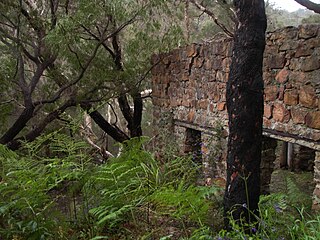
Wallcliffe House was a heritage listed two-storey stone, shingle and corrugated iron homestead located near Prevelly and the mouth of the Margaret River in Western Australia. It was built by George Holland Knapton for owners Alfred and Ellen Bussell between 1857 and 1865 in the Victorian-Georgian style, using limestone quarried on the property and pit-sawn jarrah.

HMS Challenger was a 28-gun sixth rate of the Royal Navy launched at Portsmouth, England on 14 November 1826.

Rockingham is a suburb of Perth, Western Australia, located 47 km south-south-west of the city centre. It acts as the primary centre for the City of Rockingham. It has a beachside location at Mangles Bay, the southern extremity of Cockburn Sound. To its north stretches the maritime and resource-industry installations of Kwinana and Henderson. Offshore to the north-west is Australia's largest naval fleet and submarine base, Garden Island, connected to the mainland by an all-weather causeway. To the west and south lies the Shoalwater Islands Marine Park.
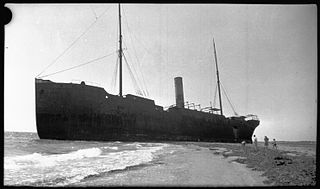
SS Kwinana was an Australian ocean-going cargo and passenger steamship. She was built in England in 1892 as the cargo ship SS Darius. In 1912 she changed owners, was refitted as a cargo and passenger ship and renamed Kwinana.

SS Pericles was a UK steam ocean liner and refrigerated cargo ship. She was launched in 1907 in Ireland for the Aberdeen Line service between Great Britain and Australia via South Africa. When new, she was the largest ship on the route.
Yebble is a locality in the South West region of Western Australia in the Shire of Augusta-Margaret River. Established in 2021 from parts of the localities of Gracetown and Burnside, its name honours Sam Isaacs, whose Aboriginal name was Yebble, a stockman who was involved with Grace Bussell in the rescue of the SS Georgette in 1876. The locality is mostly covered by the Leeuwin-Naturaliste National Park and also contains Ellensbrook homestead and the Meekadarribee Falls, which are significant to the local Wardandi people. Yebble is near the land that was granted to Isaacs by the Western Australian government.

















